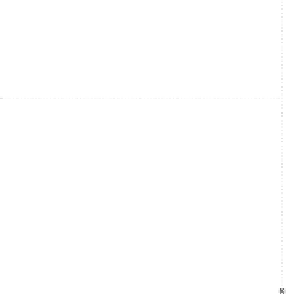Geography Reference
In-Depth Information
10.6.2
Annular Modes
If a second meridional mode is added to the Charney-DeVore model (see MAT-
LAB exercise M10.2), oscillatory solutions can be obtained that bear a qualita-
tive resemblance to the observed leading modes of variability in the extratropical
atmospheric circulation in both hemispheres. These observed modes, referred to as
annular modes
, are characterized by geopotential anomalies of opposite signs in the
polar and midlatitude regions and corresponding mean zonal wind anomalies with
opposite signs equatorward and poleward of about 45
◦
latitude (Fig. 10.18). The
Regressions on the annular modes
SH
NH
(a)
(b)
3.5
100
100
-1.5
3.0
-1.5
300
300
500
500
1000
1000
90S
60S
30S
EQ
EQ
30N
60N
90N
(c)
(d)
Z
850
Z
1000
-40
-
3
5
Fig. 10.18
(Top) Latitude-height cross sections showing typical amplitudes of annular mode anoma-
lies for mean-zonal wind (ordinate labels are pressure in hPa, contour interval 0.5ms
−
1
).
(Bottom) Lower tropospheric geopotential height (contour interval 10 m). (Left) Southern
Hemisphere; (right) Northern Hemisphere. Phase shown corresponds to the high index
state (strong polar vortices). The low index state would have opposite signed anomalies.
(After Thompson and Wallace, 2000.)



























































































































































































































































































































































































































































